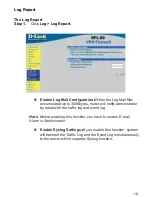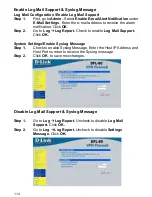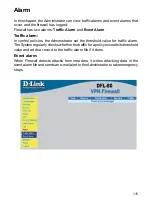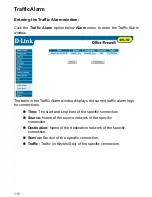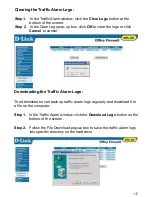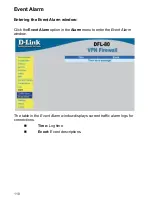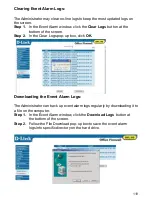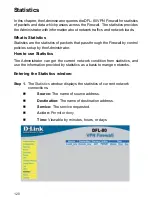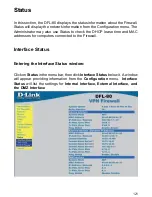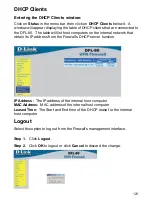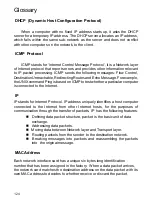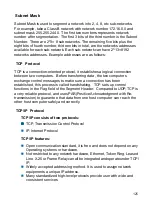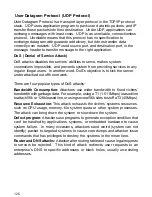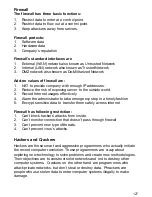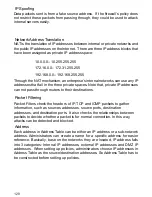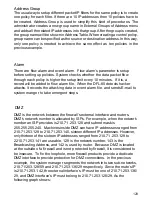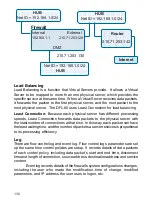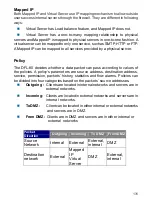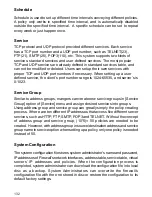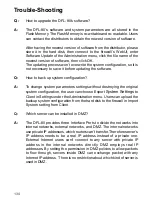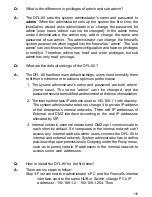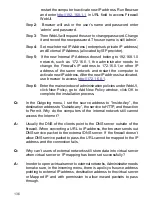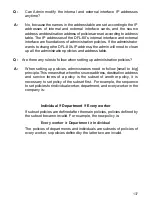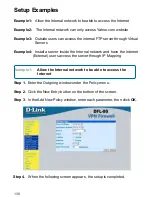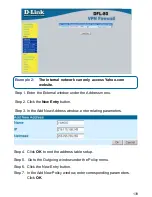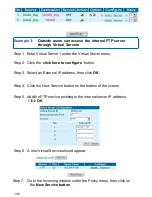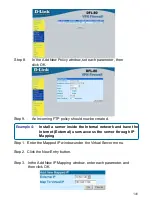
126
User Datagram Protocol (UDP Protocol)
User Datagram Protocol is a transport layer protocol in the TCP/IP protocol
stack. UDP uses application program to pack user data into packets, and IP
transfer these packets into their destination. Under UDP, applications can
exchange messages with least costs. UDP is an unreliable, connectionless
protocol. Unreliable means that this protocol has no specification to
exchange datagram with guaranteed delivery, but it does transfer data
correctly over network. UDP used source port, and destination port, in the
message header to transfer message to the right application.
DoS (Denial of Service Attack)
DoS attacks disables the servers’ abilities to serve, makes system
connections impossible, and prevents system from providing services to any
legal or illegal users. In another word, DoS’s objective is to kick the server
under attacked out of the network.
There are four popular types of DoS attacks:
Bandwidth Consumption:
Attackers use wider bandwidth to flood victims’
bandwidth with garbage data. For example, using a T1 (1.511Mbps) leased line
to attack 56k or 128k leased line, or using several 56k sites to stuff a T3 (45Mbps).
Resource Exhaustion:
This attack exhausts the victims’ systems resources,
such as CPU usage, memory, file system quota or other system processes.
The attack can bring down the system or slow down the system.
Defect program:
Attackers use programs to generate exception condition that
can’t be handled by applications, systems, or embedded hardware to cause
system failure. In many occasions, attackers send weird (system can not
identify) packet to targeted systems to cause core dumps and attacker issue
commands that has privileges to destroy the systems in the mean time.
Router and DNS attacks:
Attacker alter routing table and cause legal requests
to servers be rejected. This kind of attack redirects user requests to an
enterprise’s DNS to specific addresses or black holes, usually un-existing
addresses.


